Recent Blogs
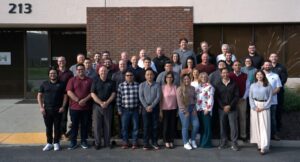
Tariff Policy Simplified: Stability, Transparency, and Trust
Recent Blogs JHT Tariff Policy: Stability, Transparency, and Trust Stability,

Demonstration Equipment: Beating The Tariff Trap
Recent Blogs Demonstration Equipment: Beating the Tariff trap In a
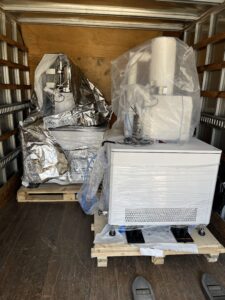
The Case of the Missing SEMs: A Story of Quick Thinking, Teamwork & Tech Recovery
Recent Blogs The Case of the Missing SEMs: A Story

JH Technologies Partners with Xavis to Deliver Advanced Inspection Solutions to North America
Recent Blogs JH Technologies Partners with Xavis to Deliver Advanced
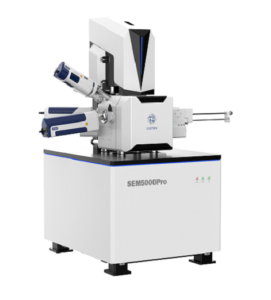
New JH Technologies Partnership Focuses on Scanning Electron Microscopes
Recent Blogs New JH Technologies Partnership Focuses on Scanning Electron
Overcoming Challenges of Imaging Non-Conductive Samples in Electron Microscopy [SEM Technical Note]

In standard high-vacuum electron microscopy, accurate imaging of non-conductive materials poses difficulties due to charge accumulation and overexposure. Typically, a conductive coating is applied to aid in grounding, but what if coating the sample is undesirable?
Introducing Low-Vacuum SEM
Low-vacuum electron microscopy that effectively mitigates charge build-up on insulating samples without requiring any special pretreatment. By allowing a controlled amount of atmospheric gases into the chamber, additional pathways for electrons to escape the specimen are created. This approach not only prevents charge accumulation but also enables higher resolution imaging by allowing a higher e-gun voltage to be applied to the insulating specimen.
Low-Vacuum SEM Effectiveness
To demonstrate the effectiveness of Low-Vacuum SEM, consider the example of a pine wood sample.
Under standard conditions, the sample quickly accumulates charge and suffers beam damage even within seconds of exposure to a 10kV accelerating voltage.
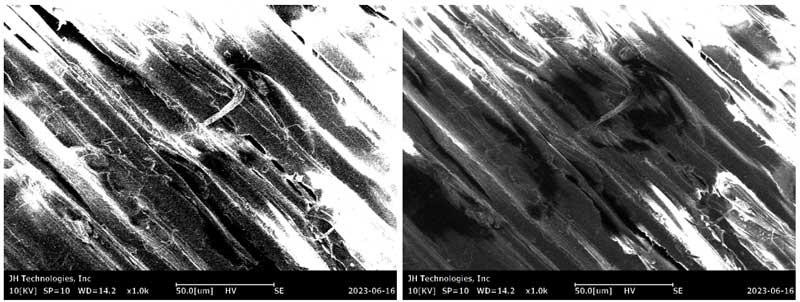
However, when imaged under low-vacuum conditions, the pine wood sample exhibits no charge accumulation, resulting in improved contrast and finer details, thanks to the application of a higher energy 20kV beam and reduced charge accumulation.
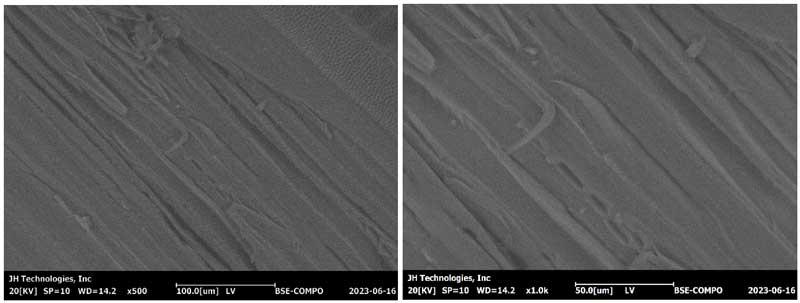
Need Help? Complete the form on this page, and a JH team member will be in touch.
